The first time you walk along the shore of Lake Erie or glimpse the edge of Lake Michigan at sunrise, you’re struck by the wild beauty of these freshwater giants. But look closer. That towering wall of reeds isn’t the gentle, waving grass of childhood memories—it’s Phragmites australis, an invader spreading like wildfire. These dense thickets are swallowing the wetlands, transforming vibrant, diverse habitats into silent, suffocating monocultures. The battle for the Great Lakes isn’t just a story of plants; it’s a fight for birds, fish, and people who depend on the magic of these wetlands. The rise of Phragmites is changing everything, and the stakes couldn’t be higher.
The Unseen Invasion: What Are Phragmites?

Phragmites australis, also known as the common reed, looks harmless at first glance. It grows in tall, green stalks that sway in the wind, reaching heights over 15 feet. But beneath the surface, this grass is a master of stealth and domination. There are native varieties of Phragmites in North America, but the troublemaker is the non-native European strain, which arrived in the 1800s. Unlike its gentler native cousin, this invader is aggressive, spreading rapidly and outcompeting almost everything in its path. Its roots dig deep and wide, forming dense mats that are nearly impossible for other plants to penetrate.
Native Wetlands: A Tapestry of Life

The Great Lakes wetlands are like living patchwork quilts, bursting with color and sound. Here, cattails mingle with wildflowers, turtles bask on sunlit logs, and herons hunt for minnows in shallow pools. These wetlands are more than just pretty scenery—they are nurseries for fish, resting places for migratory birds, and safe havens for rare amphibians. When you picture a thriving wetland, you imagine a symphony of life, where every species plays a part in the ecosystem’s balance. But when Phragmites moves in, that diversity quickly fades away.
How Phragmites Gained a Foothold

The story of Phragmites’ takeover is a tale of opportunity meeting disruption. Human activity—like building roads, draining wetlands, and introducing new species—has opened the door for this invader. Disturbed land gives Phragmites a perfect launching pad, while climate change and fluctuating water levels have only helped it spread. Each fragment of root can grow a new plant, and seeds travel easily on the wind or water. In just a few years, a single stand can balloon into an impenetrable wall stretching for acres.
Choking Out the Competition

Phragmites isn’t just a fast grower—it’s a ruthless competitor. It shades out native plants, blocking the sunlight they need. Its roots release chemicals that poison the soil for other species, a sneaky tactic called allelopathy. The dense mats of dead stems and leaves create an inhospitable environment, making it nearly impossible for native seedlings to sprout. This aggressive takeover means native marsh marigolds, sedges, and bulrushes simply can’t keep up.
The Ripple Effect on Wildlife
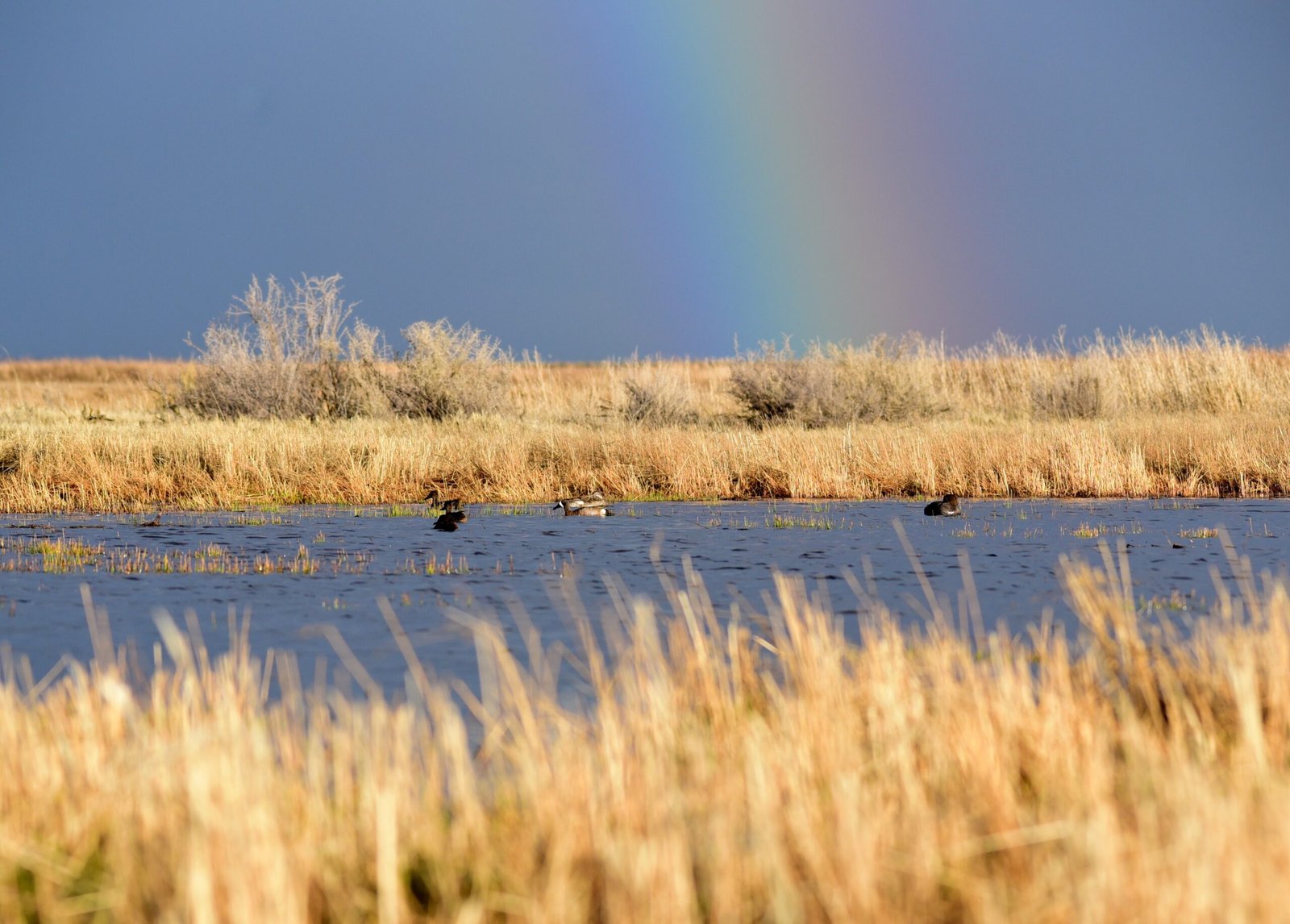
When Phragmites takes over a wetland, it’s like switching off the lights in a bustling city. Birds that nest in low grasses or need open water, like rails and bitterns, can’t survive in the thick reeds. Frogs and turtles lose their sunny basking spots. Fish nurseries disappear as water channels clog. Even pollinators such as bees and butterflies find fewer flowers to visit. The loss of plant diversity causes a chain reaction, erasing food and shelter for countless creatures.
Fire Hazards and Flooding: Hidden Dangers

Phragmites stands are not only ecological bullies—they’re dangerous in other ways, too. In late summer and fall, the dense, dry stalks become perfect fuel for wildfires. These fires burn hotter and spread faster than those in native vegetation, putting nearby homes and communities at risk. The thick mats also block natural water flow, leading to unexpected flooding in some areas and dry-outs in others. These changes threaten both wildlife and people living near the lakes.
Economic Impacts: More Than Just a Nuisance

For people who depend on the Great Lakes, Phragmites is more than an eyesore—it’s an expensive problem. Dense stands can block boat access, ruin scenic views, and lower property values. Tourism suffers when beaches are clogged with reeds. Fishermen find fewer fish as breeding grounds vanish. Local governments spend millions on mowing, spraying, and burning Phragmites, with little long-term success. The costs stack up quickly, straining already tight budgets.
Human Health and Recreation: A Growing Concern

Phragmites doesn’t just harm nature—it affects our health and happiness, too. Thickets can hide ticks and mosquitoes, increasing the risk of Lyme disease and West Nile virus. Swimmers and boaters face blocked access to the water, while hunters and birdwatchers find fewer animals to observe. For many, the loss of open wetland views is a blow to their sense of place and connection to the land. The impact is felt at every level, from backyard ponds to state parks.
Why Native Wetlands Matter So Much

It’s easy to take wetlands for granted, but they’re nature’s unsung heroes. These areas soak up floodwaters like giant sponges, filter out pollutants, and recharge groundwater. They also store carbon, helping to slow climate change. When Phragmites takes over, these vital services shrink or disappear. Restoring native wetlands isn’t just about saving pretty landscapes—it’s about protecting the resources that keep our communities healthy and resilient.
Scientific Insights: Understanding the Enemy

Researchers across the Great Lakes are working tirelessly to understand what makes Phragmites so successful. Studies show that the invasive strain grows faster, produces more seeds, and tolerates pollution better than natives. By mapping its spread and genetic makeup, scientists hope to find weaknesses in its armor. Monitoring projects use drones, satellite images, and old-school fieldwork to track changes over time. Every new discovery brings us a step closer to turning the tide.
How Phragmites Spreads: Nature vs. Human Help
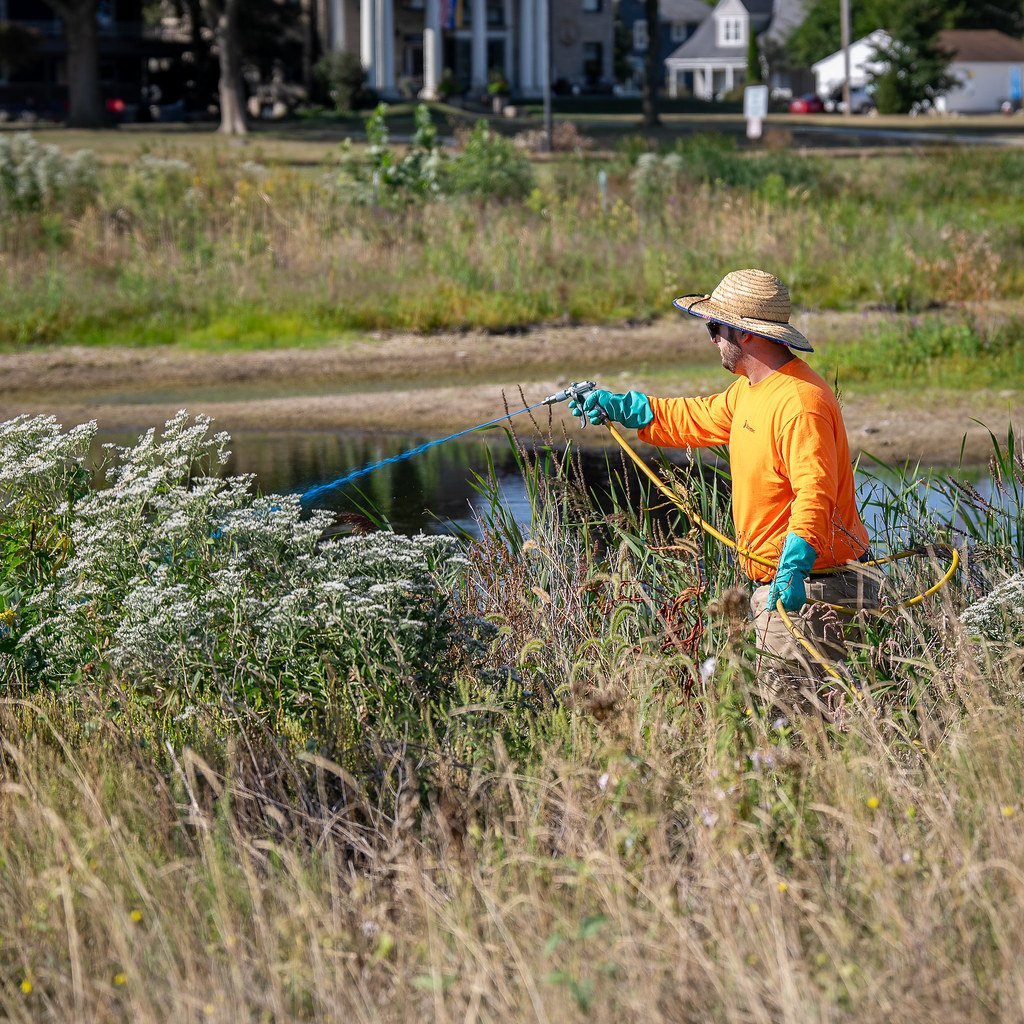
Phragmites doesn’t need much help to conquer new territory, but humans often unwittingly assist. Road building, drainage ditches, and boat traffic move seeds and plant fragments long distances. Sometimes, seeds stick to tires or boots, hitching a ride to fresh ground. Even well-meaning landscaping projects can introduce the invader to new sites. Understanding these pathways is crucial for stopping its relentless march across the landscape.
Control Methods: Fighting Back

Battling Phragmites is a full-time job for land managers, scientists, and volunteers. Traditional methods include mowing, burning, and flooding, but these often only provide temporary relief. Herbicides can knock back the reeds, but must be used carefully to avoid harming other species. Some projects experiment with grazing animals like goats, hoping they’ll munch away the problem. Integrated approaches—combining several methods—show the most promise, but success takes patience and persistence.
Restoration Success Stories

Despite the challenges, there are glimmers of hope. On the shores of Lake Huron, coordinated efforts have reclaimed marshes once choked by reeds, bringing back rare orchids and nesting turtles. Volunteers rip out Phragmites by hand, while scientists plant native species to rebuild the ecosystem. These success stories prove that with enough determination, it’s possible to reverse the damage. Each restored wetland is a small victory in a much larger war.
The Role of Community and Citizen Science

Ordinary people play a huge role in the fight against Phragmites. Local residents report new outbreaks, join weed-pulling events, and monitor wetland health. Citizen science apps let anyone track the spread of invasive plants, feeding valuable data to researchers. Education campaigns help people spot the difference between native and invasive reeds. When communities come together, they amplify the efforts of professionals and create a powerful force for change.
Learning from the Past: Lessons and Future Strategies
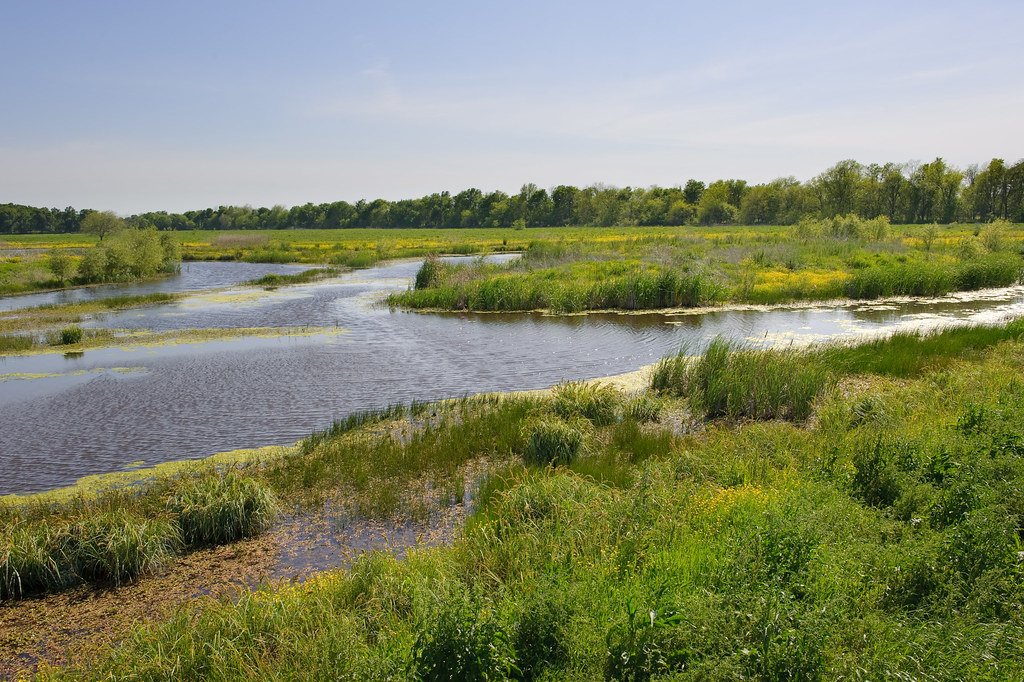
The story of Phragmites is a reminder that small changes can have big consequences. Early action is key—once the reeds take hold, removal becomes much harder. Long-term monitoring and adaptive management help keep new invasions in check. Scientists emphasize the importance of protecting undisturbed wetlands and restoring natural water flows. By learning from past mistakes, we can build smarter strategies for the future.
What You Can Do: Taking Action at Home
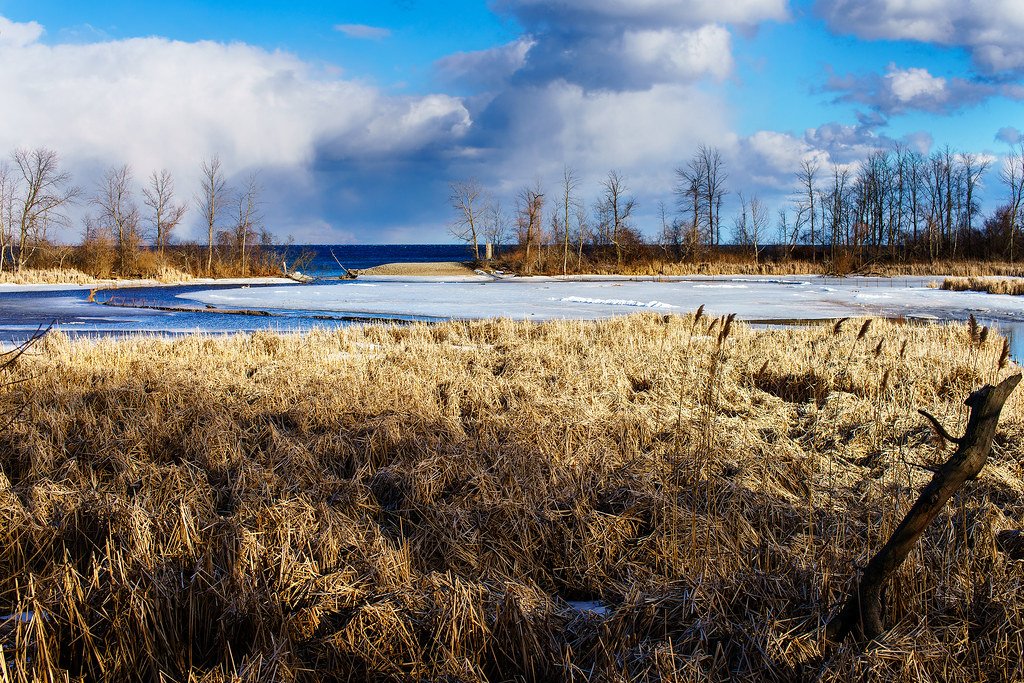
Everyone has a part to play in protecting the Great Lakes wetlands. Avoid planting invasive species in your garden. Clean boats, gear, and shoes before moving between lakes or rivers. Support local conservation groups and participate in wetland cleanups. Share what you learn with friends and neighbors—awareness is the first line of defense. Even small steps add up, creating ripples that spread across the entire region.
A Call to Protect Our Great Lakes Legacy
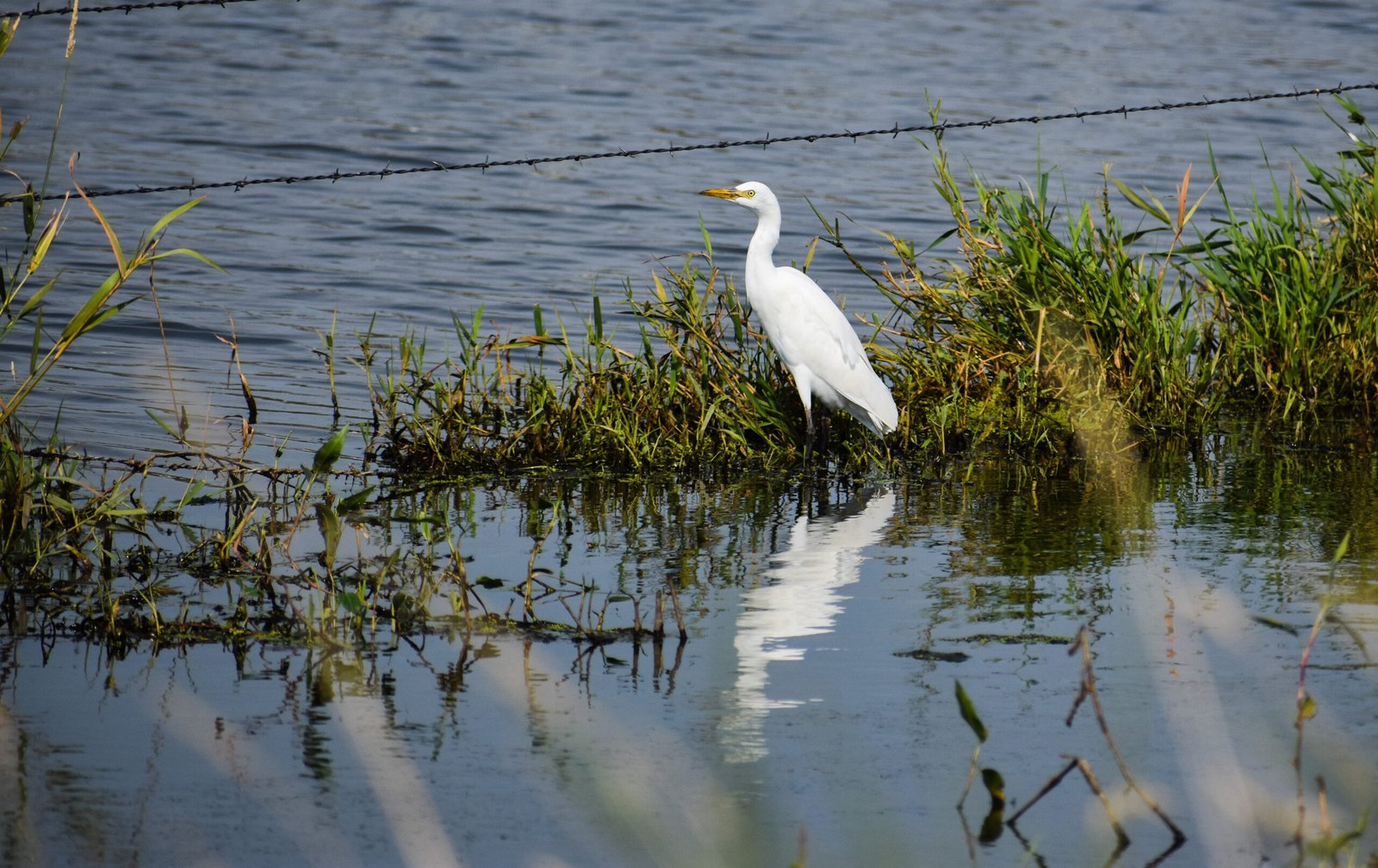
The story of Phragmites is both a warning and a call to action. The future of the Great Lakes’ wetlands hangs in the balance, shaped by the choices we make today. Will we let these living treasures slip away, or will we rise to the challenge and defend them? The answer lies with each of us. Are you ready to be part of the fight?




